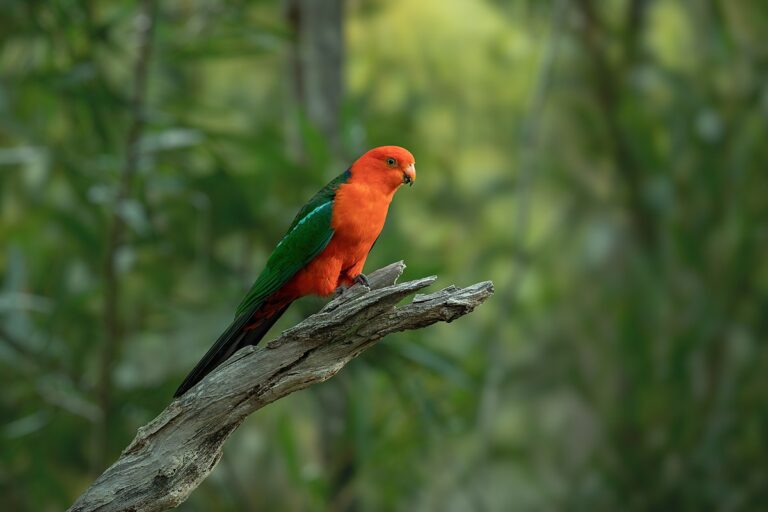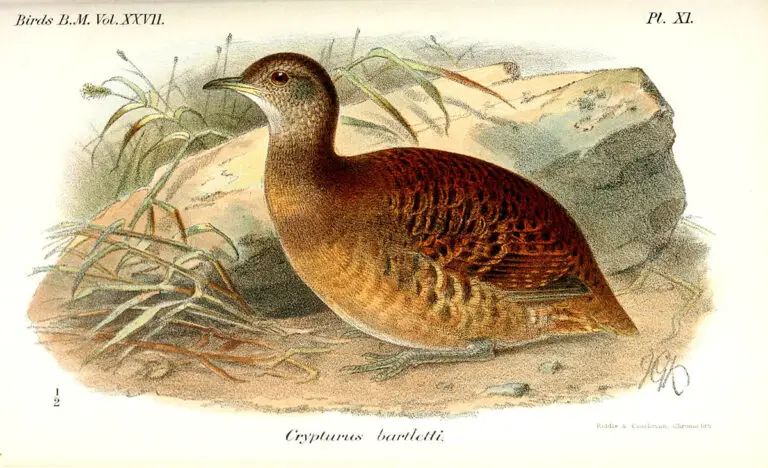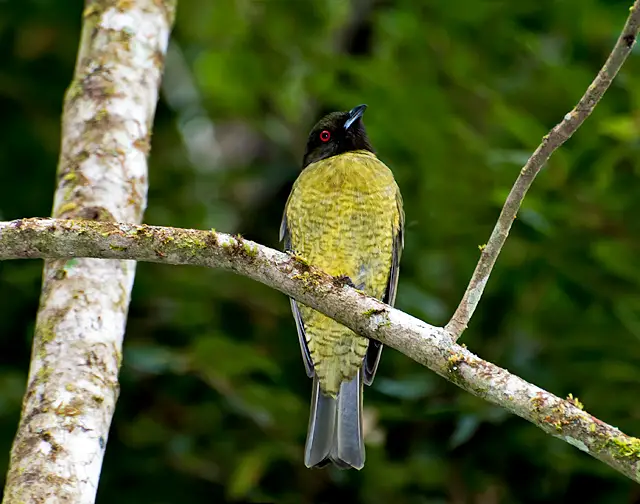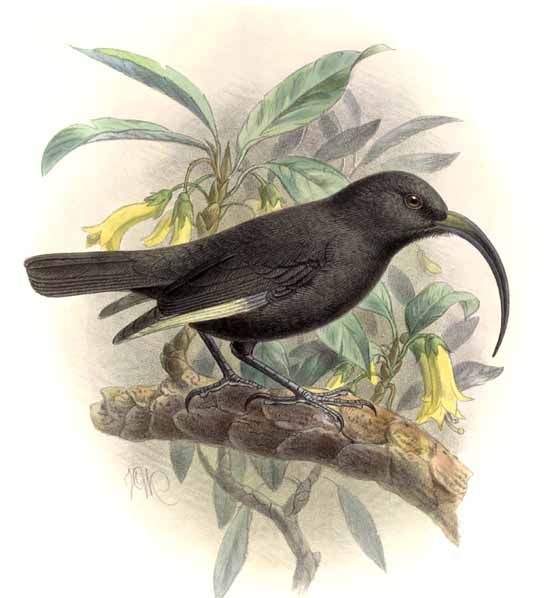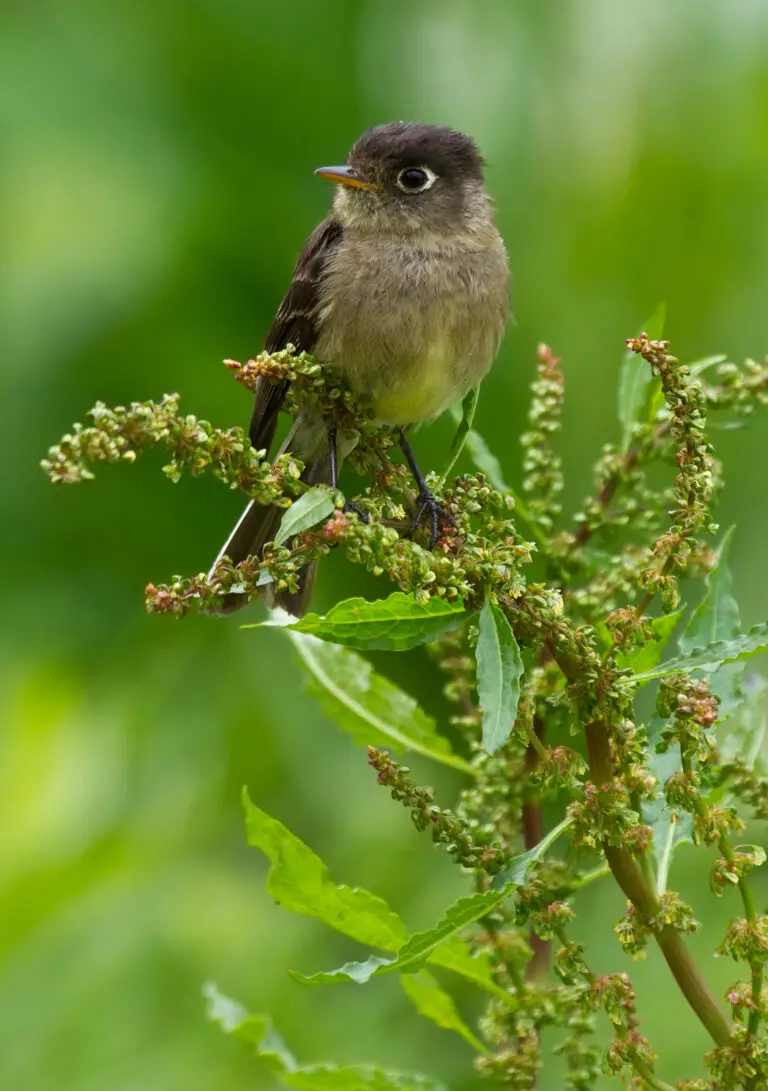Bald eagle
“The Bald Eagle, a majestic symbol of freedom and strength.”
Best Quotes for Bald eagle Bird
Bald eagle Lifespan related to Bald eagle Predators & Bald eagle Conservation Status also Bald eagle Location and Habitat important regarding Bald eagle Reproduction & Bald eagle Diet for Bald eagle Behavior of the Bird
Bald eagle Scientific Classification
Domain:
Kingdom:
Phylum: Eukaryota
Class: Animalia
Order: Chordata
Family: Aves
Genus:
Species:
Data Source: Wikipedia.org
Bald eagle Characteristics
The bald eagle is a majestic bird of prey known for its striking white head and tail feathers. It is the national bird and symbol of the United States. Bald eagles are skilled hunters, using their sharp talons and powerful beaks to catch fish and small mammals. They can be found near bodies of water, where they build large nests in tall trees. Unfortunately, bald eagles were once endangered due to hunting and habitat destruction, but conservation efforts have helped their populations recover. Today, they are considered a conservation success story and a symbol of strength and freedom.
Bald eagle Lifespan
The lifespan of a Bald eagle is typically around 20-30 years in the wild. However, eagles in captivity can live much longer, sometimes up to 50 years or more. They are known for their longevity and can survive for many decades if they are not threatened by predators or environmental factors.
Bald eagle Diet
Bald eagles mainly eat fish, but they also eat small mammals, birds, and carrion. They have sharp talons to catch their prey and a hooked beak to tear it apart. They are skilled hunters and scavengers.
Bald eagle Behavior
Bald eagles are known for their strong hunting skills and impressive aerial displays. They are also territorial birds, often fiercely defending their nesting sites from intruders.
Bald eagle Reproduction
Bald eagles reproduce by mating and building nests in trees. The female lays 1-3 eggs, which both parents take turns incubating. After hatching, the parents feed and care for the young eaglets.
Bald eagle Location and Habitat
The bald eagle can be found throughout North America, typically near large bodies of water such as lakes, rivers, and coastlines. They build their nests in tall trees or on cliffs.
Bald eagle Conservation Status
The Bald eagle is listed as a species of Least Concern, meaning it is not currently in danger of extinction. Their population has been steadily increasing in recent years.
Bald eagle Predators
The main predators of the Bald eagle are humans, who hunt them for their feathers and habitat destruction. Other threats include large birds of prey and raccoons.
Bald eagle FAQs
- What is the scientific name of the Bald eagle?
Answer: The scientific name of the Bald eagle is Haliaeetus leucocephalus. - Where is the Bald eagle commonly found?
Answer: The Bald eagle is commonly found in North America. - What is the diet of a Bald eagle?
Answer: The diet of a Bald eagle mainly consists of fish, but they also eat small mammals and birds. - How long can a Bald eagle live?
Answer: Bald eagles can live up to 20-30 years in the wild. - How big can a Bald eagle grow?
Answer: Bald eagles can have a wingspan of up to 7 feet and weigh between 6 to 14 pounds. - Are Bald eagles considered endangered species?
Answer: Bald eagles were once considered endangered, but their population has recovered and they are now classified as a species of least concern. - How do Bald eagles build their nests?
Answer: Bald eagles build their nests high up in trees using sticks, grass, and feathers. - How do Bald eagles communicate with each other?
Answer: Bald eagles communicate using a variety of calls and vocalizations. - Do Bald eagles mate for life?
Answer: Yes, Bald eagles are known to mate for life and will usually return to the same nesting site each year. - Are Bald eagles protected by law?
Answer: Yes, Bald eagles are protected by the Bald and Golden Eagle Protection Act, which prohibits anyone from harming or disturbing them.

